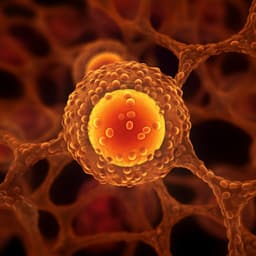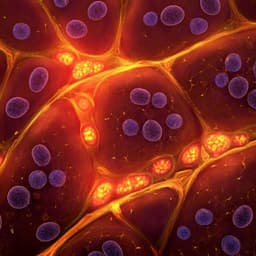
Medicine and Health
Alantolactone attenuates high-fat diet-induced inflammation and oxidative stress in non-alcoholic fatty liver disease
J. Wang, Y. Jiang, et al.
This study reveals the promising therapeutic effect of Alantolactone (Ala) on Nonalcoholic fatty liver disease (NAFLD). By inhibiting inflammation, fibrosis, and oxidative stress in mice, Ala showcases its potential as a treatment option for NAFLD, suggesting a novel approach to tackling this condition.
~3 min • Beginner • English
Related Publications
Explore these studies to deepen your understanding of the subject.







